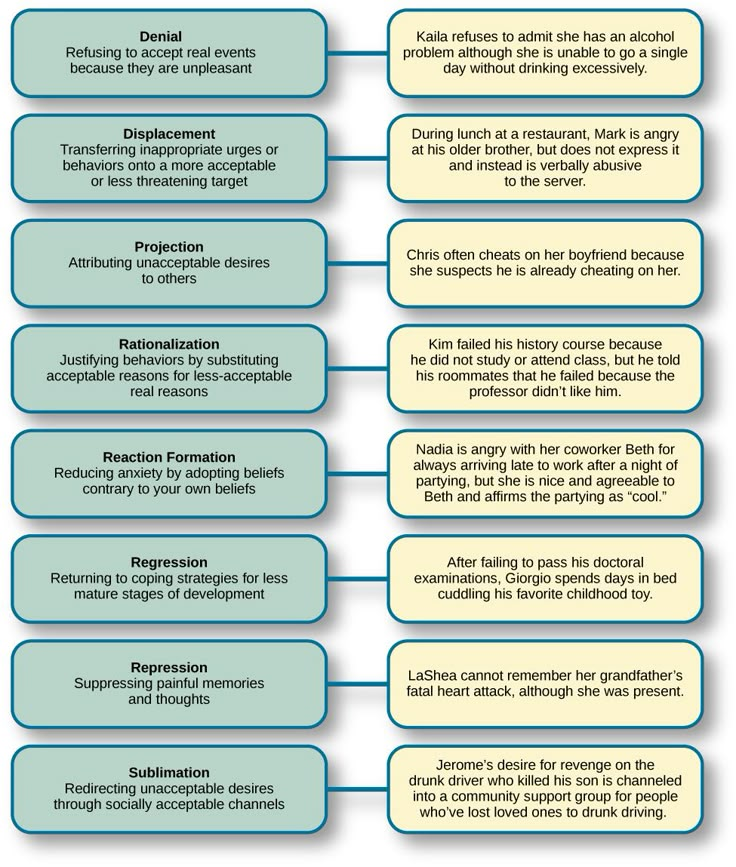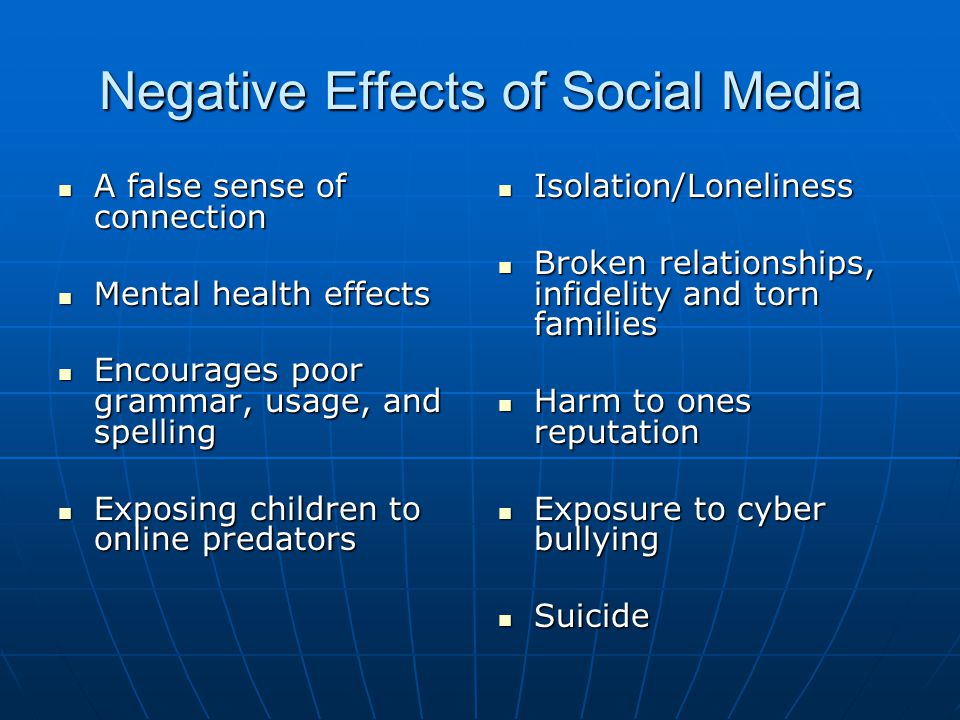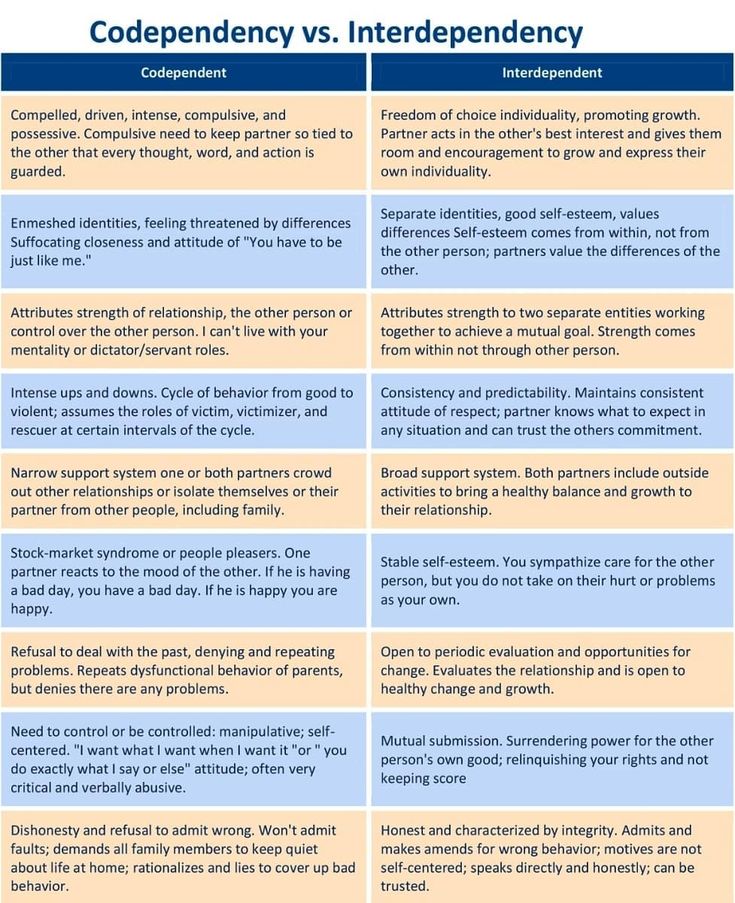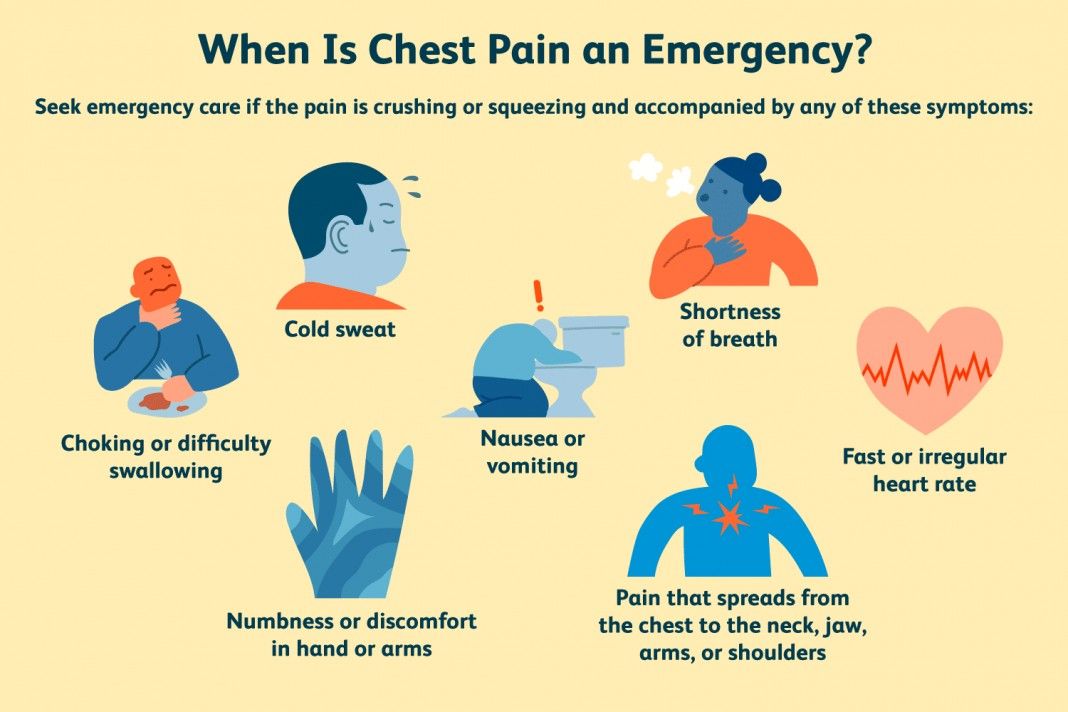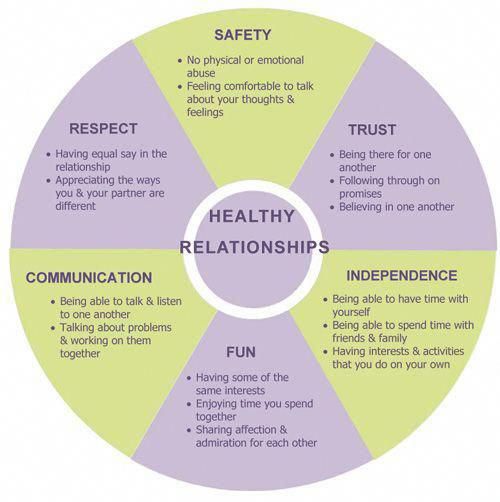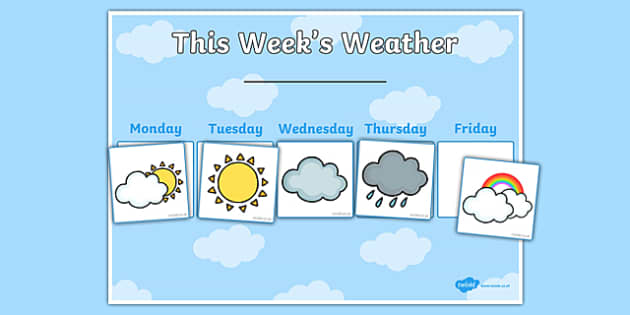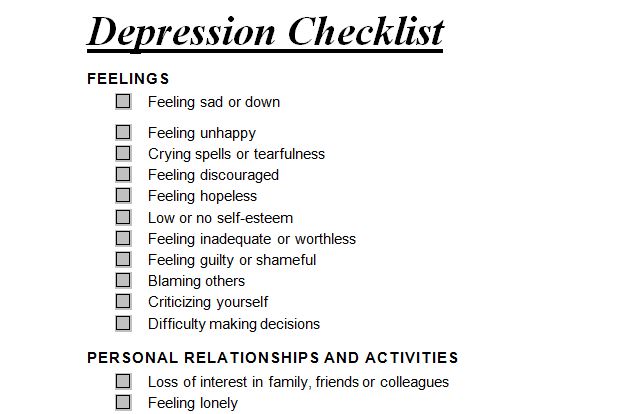I cant take this anymore
Southwest Montana - Suicide Intervention & Prevention
The Help Center, based in Bozeman, MT, strives to reduce the impact of suicide in Southwest Montana by providing suicide prevention and intervention services through outreach, education, awareness and advocacy.
We serve the following Montana counties: Beaverhead, Broadwater, Deer Lodge, Gallatin, Granite, Jefferson, Madison, Meagher, Park, Powell, Silver Bow, Sweetgrass, and Wheatland
Suicide is a major public health problem in Montana. In the past 30 years, our rate has always been one of the highest 4 rates in the United States. Suicide is the second leading cause of mortality among Montana’s youth and young adults, second only to motor vehicle crash deaths as a cause of deaths among 15-19 years olds. Read more about Montana suicide statistics.
National 988 Suicide & Crisis Lifeline
988 is a 24-hour service to help those individuals and/or family and friends who are in crisis, having suicidal thoughts, in emotional distress, or concerned about someone. Calling this number will route you to your nearest crisis center in the United States. If you wish to reach the Help Center in Bozeman, Montana directly, call 406-586-3333.
Crisis Counseling - Southwest Montana
The Help Center is here 24/7, 365 days a year for those who need us. If you are having suicidal thoughts please call us. All services are confidential. If you know someone who you think may be suicidal or having thoughts of suicide, please call us. We are here to support you and the individual.
We also offer walk-in crisis counseling from the hours of 9 am-6 pm, 7 days a week at our location at 421 E. Peach in Bozeman. Please call us at 406-586-3333 before coming.
Support Group for Suicide Survivors
This is an informal "open" group to support those who have lost someone to suicide. Losing someone to suicide is a unique trauma wound that comes along with a mix of intense and sometimes confusing emotions. LEARN MORE & REGISTER>
LEARN MORE & REGISTER>
Outreach for Our Local Southwest Montana Community
In the event an individual is more comfortable speaking to someone in their home or where they are at, we can provide outreach services (depending on staff availability).
Suicide Warning Signs
Risk factors for suicide are characteristics or conditions that increase the chance that a person may try to take her or his life. Suicide risk tends to be highest when someone has several risk factors at the same time. READ MORE...
Community Trainings
We offer Gatekeeper Training for any community members or groups interested to help prepare crisis response plans for both the prevention of suicide and its aftermath. We also offer:
SafeTalk
safeTALK is a half-day alertness workshop that prepares anyone over the age of 15, regardless of prior experience or training, to become a suicide-alert helper.
Question Persuade Refer (QPR)
Three steps anyone can learn to help prevent suicide. Just like CPR, QPR is an emergency response to someone in crisis and can save lives.
Just like CPR, QPR is an emergency response to someone in crisis and can save lives.
National Resources
Visit the American Foundation for Suicide Prevention
How to help when you think someone is suicidal.
Accreditation
Accredited by the International Council for Help Lines and Alliance of Information and Referral Systems
Donate to Help Center, Inc. in Bozeman, MT
Your friends, family, and neighbors in Southwest Montana deserve a compassionate response when in crisis or in need of support. Help us help them.
| If you are able to assist us in helping others, please consider a tax-deductible donation. Help Center, Inc. is a 501(c)3 nonprofit and a registered charity in the State of Montana. If you have questions about donating, please reach out to our Development & Communications Coordinator at [email protected]. | Find our most recent audited |
How to Donate to Help Center, Inc.
| Donate Online DONATE to Help Center, Inc. | Mail a check made to Help Center, Inc: |
Become a Monthly Donor!
Join us as a monthly donor to get that good giving feeling all year-round! It's easy to sign up (and you can cancel anytime). Whether you can give $5 or $500 a month, it all supports our mission and helps us provide our vital services.
How:
- DONATE online and choose Monthly for Donation Frequency.
- Set-up a recurring payment via check with your bank to our address listed above.
There are many ways to give to Help Center, Inc!
In addition to donating online or via check, there are a variety of giving strategies you can use to support us. If you have any questions or want to chat further, please reach out to our Development Coordinator.
Appreciated Assets
IRA Mandatory Distribution
Money from an individual retirement account can be donated to charity. Additionally, if you’ve reached the age where you need to take required minimum distributions (RMDs) from your traditional IRAs, you can save on taxes on them by donating that money to Help Center, Inc.
Stock
Donating stock is one of the most tax-smart ways to give! By donating stock that has appreciated more than a year, you are actually giving 20% more than if you sold the stock and then made a cash donation.
Donor-Advised Funds
Donor-Advised Funds (“DAFs”) are like charitable savings account. You create an account with a sponsoring organization (like your local community foundation or a Financial Advisor). Then, you use that money to make donations to organizations you love, like us! Whenever you make a contribution to your account, you get an immediate tax deduction. And then that money is available to gift out whenever you see fit. If you donate to us through this method, please let us know about the donation as we often do not receive information about who gave.
Legacy Gifts and Planned Giving
Including Help Center, Inc. in your Will
You have the option of leaving a legacy for Help Center, Inc. by including us in your will or living trust. This is a gift that will cost you nothing during your lifetime, but you can continue to give to those in our community who are in need of our vital services. You can leave a specific dollar amount, or a percentage of your estate to Help Center, Inc. All you will need is our legal name, Help Center, Inc., and EIN: 81-0309373.
All you will need is our legal name, Help Center, Inc., and EIN: 81-0309373.
Sample language you can use: “I (insert your name and full mailing address) hereby give Help Center, Inc., a nonprofit organization currently located at 421 E. Peach St., Bozeman, MT 59715 and assigned the tax identification number EIN of 81-0309373, the sum of $______ or _____percentage of my estate for unrestricted use and purpose.”
Help Center, Inc. as a Beneficiary of 401k or Life Insurance
You can name anyone as the beneficiary of your retirement fund or life insurance policy, including a nonprofit like us! You can leave the entire amount or a portion while designating other beneficiaries such as family members.
Endowment
Help Center, Inc.'s has an endowment fund with the One Valley Community Foundation. This is a permanent fund and we only spend the interest.
Give to Help Center, Inc. Endowment Fund
Montana Endowment Tax Credit for Individuals
You can save up to $10,000 on your Montana taxes! The state offers a special tax credit to encourage donating to local nonprofits' endowment funds. In summary, you would make a planned gift (ex: donating stock into a 5 year Charitable Gift Annuity). You would then receive a 40% tax credit on that donation for that tax year! You can receive up to $10,000 in tax credits per individual every year, which usually equates to a gift of around $25,000. More information>
In summary, you would make a planned gift (ex: donating stock into a 5 year Charitable Gift Annuity). You would then receive a 40% tax credit on that donation for that tax year! You can receive up to $10,000 in tax credits per individual every year, which usually equates to a gift of around $25,000. More information>
Business/Corporation Outright Gifts
Businesses and corporations that make a direct gift to a qualified Montana endowment fund will receive a tax credit of 20% of their gift, with a maximum credit of $10,000. [Applies to corporations, small business corporations, partnership or limited liability company taxpayers.] More information>
What does your donation support?
Your donation supports all our FREE services to you and your fellow community members.
- 24-Hour Crisis and Suicide Line.
- Walk-in services for those in crisis.
- Referrals to community resources through Montana 211.
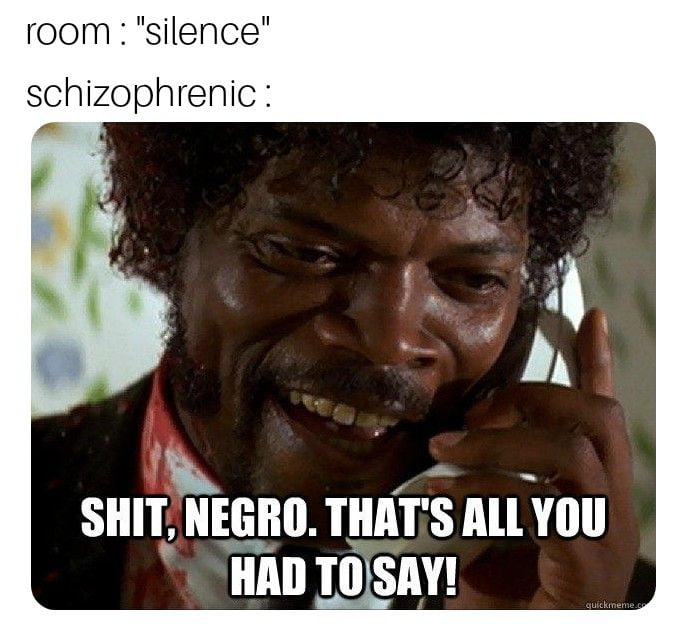
- Advocacy and counseling to survivors of sexual assault and child abuse.
- Support to families who are in foster or kinship care.
- Community Education on topics of suicide prevention, mental health, healthy relationships and more.
- FREE individual and couples counseling to those without insurance or under-insured.
- Daily check-in phone calls to home-bound individuals.
Ways to donate
Donate online: Use our online donation system.
Mail: checks made out to Help Center, Inc.
Help Center, Inc.
421 E. Peach Street
Bozeman, MT 59715
Other ways to help
If it is easier for you to donate items, here are some continuing wish list needs:
- Forever Stamps
- Gifts cards to office supply companies for us to purchase paper, printer ink, etc.
- Gift cards to grocery or box stores for us to purchase food for trainings, cleaning supplies, toilet paper, paper towels, etc.

Sacks Thrift
Donate or shop at Sacks Thrift Store! All proceeds support the Help Center programs.
Become a fundraiser
An easy way to fundraise is through Facebook. Many people choose to start a fundraising campaign for their birthday or to honor someone.
If you want to ask your friends or family to donate via email, we can also give you email templates. Just email us.
During Run for Your Life, we have a Fundraising Champions program that gives you some great swag for fundraising for us!
What impact does my donation make?
Please check out or Impacts HERE.
Help Center Financial Statement
You can view the most recent audited financial statement for Help Center, Inc. HERE.
Enough is enough for me: how to cross the threshold of patience
How the power of negative emotions drives you beyond the threshold of patience and helps you make the right decision and decide on changes
What do you have to “endure” in your life? Traffic jams? Boss's tediousness? Climate disadvantages? The whims of a child?
Of course, we have learned to simply not take some of these situations to heart - or even make them more pleasant for ourselves, since they are impossible to avoid anyway.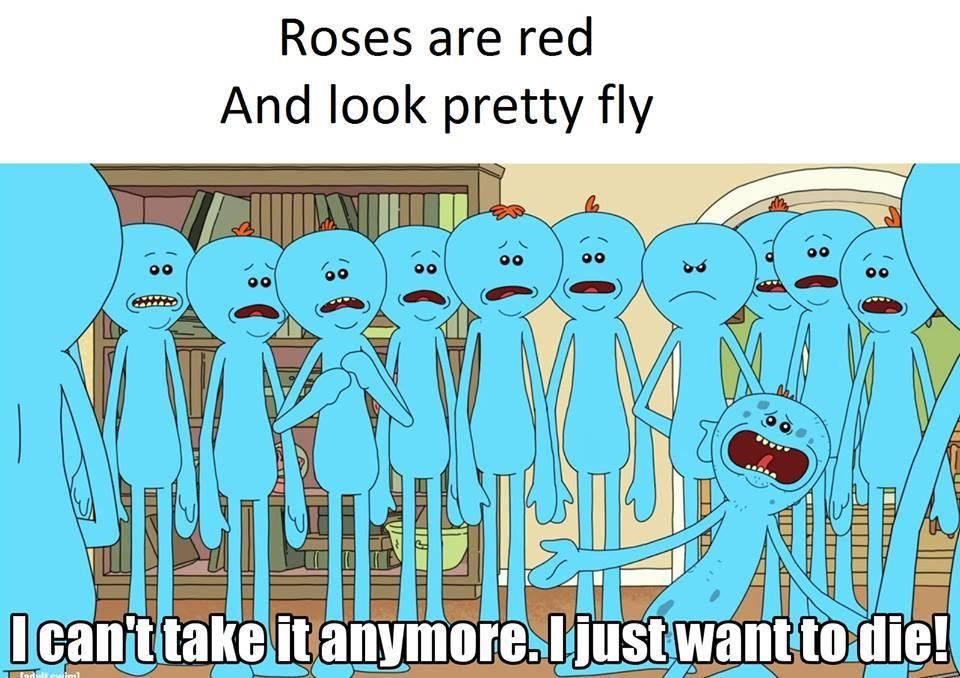 And the other part was sent to us to train the ability to defend our borders and defend our interests.
And the other part was sent to us to train the ability to defend our borders and defend our interests.
What does the threshold of patience signal us? How to recognize the signals of the approaching threshold (one's own and another's)? How can it be "moved"? And should it be done?
The threshold of patience is not only an unambiguous signal of discomfort, but also a very strong internal motivator.
A threshold is a state when a person says: "That's enough, I've had enough. I won't tolerate this anymore!" Under the influence of this state, we go to serious changes in our lives or internal breakthroughs in the development of personality. And, it should be noted that this type of motivation (“I can’t stand it anymore”) is much more characteristic of the Russian mentality than the “sugar” prospects in the Future, for which I am ready to work in the Present.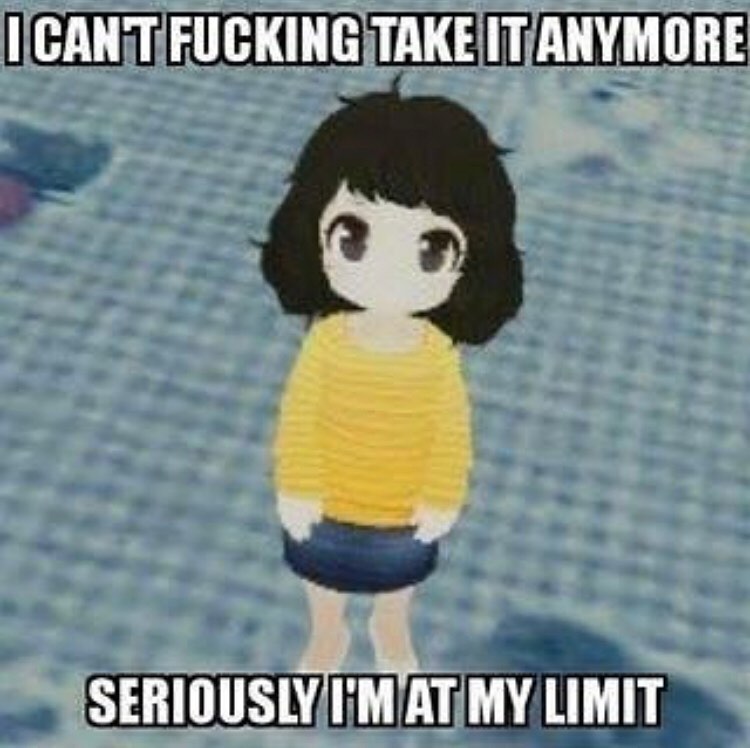
And each of us has a different level of patience: whether we “get stuck” in spite of dissatisfaction, or whether we run away like scalded at the first sign of disappointment. People who get stuck do not know how to make decisions about passing the threshold. They usually wait for someone else to cross the threshold and end the situation. The opposite extreme is a person who crosses the threshold “like clockwork”. He may have many former friends, former wives, former hobbies and former jobs.
From the outside, reaching the threshold of patience can look not just emotional, but sometimes even destructive. A seemingly calm and unflappable person suddenly "explodes", banging his fist on the table or slamming doors, declaring to others his resolute "No" or even "Fuck you! .." But all this is just the tip of the iceberg.
In fact, reaching the threshold is a long and thorny path, often full of doubts, hesitation, self-consolation, attempts to maintain the current state of affairs.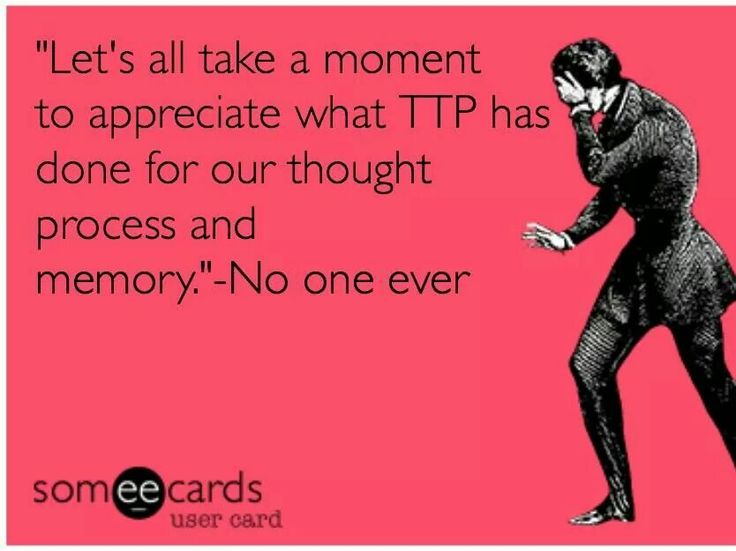
And, of course, the more important and responsible decision is made, the longer will be the period of time from the first fleeting thought to the real "slamming the door".
Psychologists divide the process of making any important decision into three stages. The first is the gradual achievement of the “threshold”, when a person comes to the thought more and more insistently: “I don’t want to endure this anymore!”, but still does it. The second stage is the crossing of the threshold, when he says: “Enough! It's too much! I've had enough!" The third stage is figuring out what to do next.
Imagine that you make a promise to yourself to stop eating after six in the evening... And somehow you keep raiding the refrigerator. This means that you have not yet crossed the threshold - you have not "scared" yourself enough with your excess weight.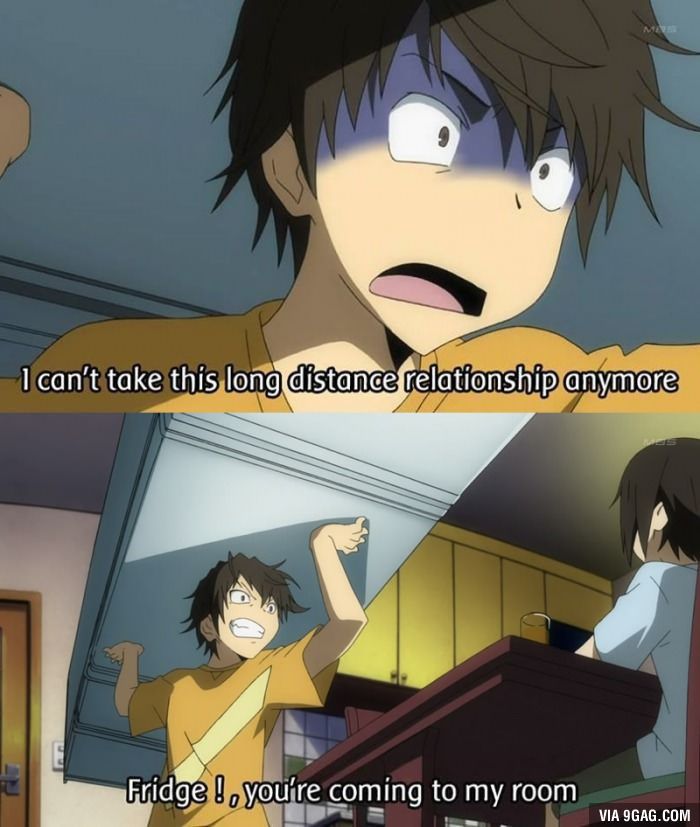 But one day you are going to a party and suddenly realize that none of your favorite dresses no longer look good on you (or even do not fasten at all). A sign of a passed threshold is when you say to yourself “Enough!”, and it is no longer difficult for you to follow the decision made.
But one day you are going to a party and suddenly realize that none of your favorite dresses no longer look good on you (or even do not fasten at all). A sign of a passed threshold is when you say to yourself “Enough!”, and it is no longer difficult for you to follow the decision made.
After you had to take your car to the service for the third time in the last six months, you bought a new one. Or the person you trusted deceived you so seriously that you stopped believing him forever. When you get another undeserved critique from your boss, or you get a ride on a previously promised project, you decide it's better to go through the risk and hassle of changing jobs than staying where you are. The third stage can be considered successfully completed when you have already found a new job and feel relieved that you no longer have to face the same inconvenience.
In the first stage, people can move towards the threshold and back, depending on what emotions they now outweigh - whether they see more pluses or minuses in the current situation. In a fit of a quarrel with a loved one, for example, people can come very close to the threshold, but then cool down and remember that the partner has a lot of virtues, or find some justification for what happened, or suddenly get scared of loneliness, etc. And then the pluses will again become a priority, and the person again moves away from the threshold. This can go on for months or even years.
In a fit of a quarrel with a loved one, for example, people can come very close to the threshold, but then cool down and remember that the partner has a lot of virtues, or find some justification for what happened, or suddenly get scared of loneliness, etc. And then the pluses will again become a priority, and the person again moves away from the threshold. This can go on for months or even years.
When it comes to the relationship of spouses, slowly but surely moving towards parting, one day they have a phase of expectations. What used to be appreciated is no longer noticed. It is starting to be taken for granted. There are more complaints than compliments and thanks. People begin to notice, rather, what is not, rather than what is. Once it was significant that the husband comes home on time. Now it only matters when he's late. The absence of the desired behavior begins to equate to cooling, indifference and dislike. Perception filters change, and examples for disappointment appear and accumulate in both partners.
Perception filters change, and examples for disappointment appear and accumulate in both partners.
Mechanisms for the accumulation of negative examples here can be very different. Someone literally "weighs" the pros and cons, someone hears inside himself the voice of indignation of ever-increasing volume.
Often people compare pictures within themselves - ideas of what they would like or expect to receive, with what is happening in reality. These pictures can also be generated in various ways. Sometimes this is your presentation of what your partner promised you at the beginning of this relationship. Sometimes, something that was promised by someone else, but since then you have taken it for granted. It happens that this is a film made up of pieces of your favorite melodramas or even children's fairy tales.
For some people, on the contrary, the pictures depict ideas of what should not be in their relationship . So if they see the coincidence of their terrible pictures with the events actually taking place in their lives, this brings them closer to the threshold. There are also those who recall pictures of their still unfulfilled dreams and understand that the current relationship will not allow him to fulfill these dreams.
So if they see the coincidence of their terrible pictures with the events actually taking place in their lives, this brings them closer to the threshold. There are also those who recall pictures of their still unfulfilled dreams and understand that the current relationship will not allow him to fulfill these dreams.
And then one day you can accumulate within yourself a sufficient number of convincing examples of non-compliance with the desired. One day you suddenly see all at once these pictures, and then your patience ends. In this case, it seems to an outside observer or your partner that you quarreled because of nonsense. He did not know that this was the last straw, and that you have been hoarding these examples for many years. Another way is when you come across one single, but VERY convincing illustration, which you are no longer able to erase from memory or somehow fit into your life. The third possibility of crossing the threshold of patience is to endure some critical amount of time for you, and then realize that you do not want to spend another minute on it. And it's not just about accumulating examples in the past . At a certain point, you begin to understand that this will be repeated and in the future , again and again. You see it in all colors and in the most unsightly details, and it forces you to make a "fatal" decision.
The third possibility of crossing the threshold of patience is to endure some critical amount of time for you, and then realize that you do not want to spend another minute on it. And it's not just about accumulating examples in the past . At a certain point, you begin to understand that this will be repeated and in the future , again and again. You see it in all colors and in the most unsightly details, and it forces you to make a "fatal" decision.
Do you always have alternative options at hand that suit you? - No. Sometimes you are not ready to go nowhere and suddenly lose important resources for yourself.
In this case, you can try to “twist” the same “mechanisms” in your head. The volume of the crying voice inside can be muffled, outrageous pictures can be recolored, moved away, the focus of attention changes in them, and what seemed unreal, as it were, is outlined in a different frame and becomes quite acceptable. As a result, we conclude with itself a new agreement that until everything will remain as it is.
As a result, we conclude with itself a new agreement that until everything will remain as it is.
But here it is also very important not to go too far. For example, I'm working quite a lot on the issue of domestic violence now, and I can see very clearly these mood swings, this internal struggle to leave things as they are. To bend, to find excuses, to believe in new promises - just not to go into the "dark abyss" of an independently made decision. It seems to many people much easier to push their limits of patience than it is to dare to openly defend these limits.
A critical eye allows you to soberly assess the situation, see some pitfalls, regularly measure the "level of happiness in the blood." And in time to make decisions about whether our life flows in the right direction. On the other hand, the ability to push back the threshold of patience allows us to be flexible, step over petty grievances and forgive a partner for his tiny shortcomings.
It is important to remember that after making this decision, when the last match has burned out, an incredible sense of relief awaits you. Not only because you finally have much better prospects for the Future, but also because your Present ceases to be so painful. This endless internal masochism of despair and fear stops bringing you to white heat, you no longer worry about what decision you need to make.
Actually, the emotional intensity itself is a saving mechanism by which your psyche gives you a "magic pendel".
The power of negative emotions pushes you beyond the threshold of patience, no matter what horrors you intimidate yourself and keep from making a decision. And, by the way, the same mechanism makes us, at times, remember the offense for a long time - in order to remind ourselves that this is not the way with us, that we cannot tolerate and forgive this.
And then, beyond the threshold — yes, a new life begins. Even if you haven't made any major changes. Because now you are:
- know exactly where your borders are
- said it out loud
- finally, you can respect yourself.
And when you had some experience of passing the threshold of patience - and you were convinced that you coped with it and survived! - you can just allow yourself to want something, draw the attention of others to your desires and decide to change something in your life. At your own pace.
Julia Peresild made a scandal at night shooting with her daughter
Tags:
Julia Peresild
Celebrity kids
Revelations of the stars
Celebrity birthdays
daughters of the stars
Yulia Peresild's social networks
38-year-old Yulia Peresild admitted that she was outraged by the film crew. The actress demanded to stop bullying 13-year-old Anna.
The actress demanded to stop bullying 13-year-old Anna.
On the 7th of September Julia celebrated her birthday. The eldest daughter of the star of the series "Lyudmila Gurchenko" carefully prepared for this event. Anna admitted that she often spent her fee for filming in the Tiber film on the gift. The schoolgirl thought for a long time about the surprise for her parent.
“I understood that in the year when she flew into space, it is very difficult to surprise her. I prepared for a month,” Anka said.
ADVERTISING - CONTINUED BELOW
Peresild shared new revelations about how she prepared for the flight into space. The artist took part in the filming of Klim Shipenko's project "Challenge". The former lover of director Alexei Uchitel had to go on a business trip to the International Space Station and spend 12 days there.
The film star went through exhausting training for almost half a year. Peresild was worried that something might happen during the flight. Julia prepared her director for the worst.
Julia prepared her director for the worst.
“I had my whole apartment filled with different instructions. Including letters were hidden, only my director knew. The day before, before the start, I told her: "Natasha, if anything, there are letters, there are keys to the cell, there are documents. The letters indicate in detail: where, what, whom to call." And Natasha said: "So I went down to Baikonur, took a bottle of cognac and just drank it whole, after what you said." I didn’t tell anyone about this so as not to frighten the children, ”admitted Peresild.
The star mother tries to support Anna at the beginning of her film career. The actress came to the night shooting to her daughter. Julia admitted that for the first time she experienced horror.
Does Anna look like Yulia Peresild?
“For the first eight hours, I behaved perfectly and was just silent. Then my child took a dip in the ice water six times. I looked at it like this: "Well, now you just have to be patient. " And at some point, he and his partner Vlad Konoplev are sitting in a boat together. There are no divers around, no one. The Svir is a navigable river, I can imagine how deep it is. They swim like this to the center of the river. In wet clothes. It's cold creepy. The lights were on for 40 minutes. I couldn't stand it, went up and said to the operator: "Sasha, I'll call the master now. I can't stand it anymore! Let's return them, warm them up, and then send them back." Ordinary parents in my place would go crazy, ”said Yulia.
" And at some point, he and his partner Vlad Konoplev are sitting in a boat together. There are no divers around, no one. The Svir is a navigable river, I can imagine how deep it is. They swim like this to the center of the river. In wet clothes. It's cold creepy. The lights were on for 40 minutes. I couldn't stand it, went up and said to the operator: "Sasha, I'll call the master now. I can't stand it anymore! Let's return them, warm them up, and then send them back." Ordinary parents in my place would go crazy, ”said Yulia.
A mother of two admires Anna's courage and talent. Julia noted that sometimes she tries to learn something from her.
“They ask me to record self-tests. For a week I go from mirror to mirror and think: "Today I'm kind of leaky." And then I give up and write to the director that no self-tests. What is our difference. Anya is sent a task to record self-tests. I send it to her, and after 15 minutes I can already hear her talking. I say: "You would at least call me, I would be your second partner.



